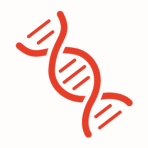
The Life sciences Scientific Section at SOLEIL is an active group consisting of about 30 experts in various fields. The ongoing upgrade of the SOLEIL synchrotron, SOLEIL II, will contribute to the emergence of methods aimed to improve the imaging capabilities of cells, tissues, and organs at high spatial and temporal resolution.
Recent revolutions in cryo-electron tomography (cryo ET) has changed the way we look at integrative imaging approaches. The integration of cryo EM (SPA and ET) with synchrotron-based techniques greatly facilitates the correlation of molecular and structural information from the atomic to cell levels. The combined expertise of the life science beamline teams at SOLEIL is the basis for the development of a post-upgrade approach to integrative biology.
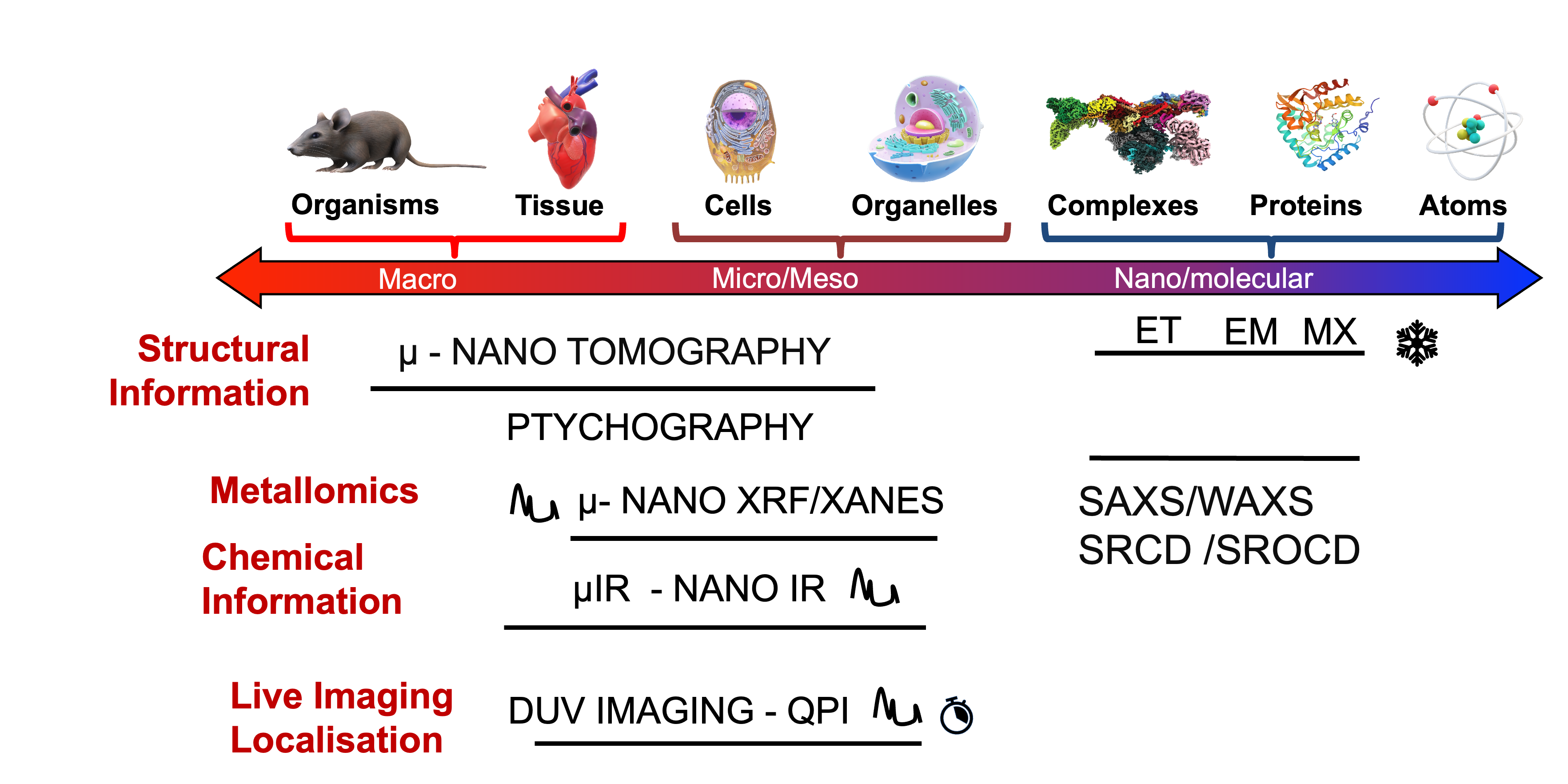
Life sciences Team
|
|
|
|
|
|
HPLC-MALLS-RI
|
Data Analysis
|
Cristallography
|
X-ray spectroscopy
|
|
|
|
SAXS
|
HPLC-MALLS-RI
|
||
|
|
SR Circular Dichroism
|
|
Infrared micro-spectroscopy
|
|
|
X-ray tomography
|
|
|||
|
SAXS
|
X-ray tomography
|
SR Circular Dichroism
|
|
Non-permanent Staff
| Scientific axes | Experimental techniques | Techniques of analysis | ||
|---|---|---|---|---|
(Re)Emerging pathogens in their environment |
Synchrotron methods for pathologist |
Plants for a changing world |
Structure of biomacromolecules : X-Ray (Imaging), Christallography (Diffraction), SAXS (Scattering), SRCD APPI |
Imaging
Diffraction
Absorption
Scattering
|
| Spectromicroscopy Infrared, DUV, X-Ray |
||||
| X-Ray Imaging Coherent, Tomography, full field, scanning nanoprobres |
||||
(Re)Emerging pathogens in their environment
The recent apparition of new, and the reemergence of old, diseases continues to be a serious threat to the human community. The world has recently witnessed the emergence of a new coronavirus threat (SARS-Cov2). As a matter of fact, many viruses and bacteria evolve quickly to spread among the host population. Doing so, some of them will alter the host’s health leading even to its death for the most extreme cases. Global warming has exasperated this situation by spreading the vectors of these diseases, which in turn invoke dramatic consequences on our environment and health. Epizootic and anthropo-epizootic diseases clearly represent a major threat for human health. The full extent of the current SARS-Cov2 pandemic will not be known for some years. But taking a different example, according to the World Health Organization (WHO), the impact of the influenza A virus is estimated to cause 3-5 million cases of severe illness and up to half a million deaths worldwide each year. The situation will eventually become worse when viruses mutate into virulent forms causing human pandemics that reoccurs every few decades. The overuse and misuse of antibiotic treatments in both humans and livestock, as well as the extensive quantities of drugs released in city wastes, are a major inducing factor in the appearance of multidrug-resistant bacteria, more commonly known as superbugs. In particular, the discovery of novel antibiotics and their development are urgently needed to face the dangers arising with the emergence and spread of multi-drugresistant bacteria, especially those Gramnegative pathogens belonging to the ESKAPE group. Our poor knowledge of their complex outer membrane structure and their internal organisation remains a serious breach that needs to be filled before understanding the mechanisms behind antibiotic resistance and their uptake into living bacteria. Thus, a better understanding of how pathogensinteract with their host and propagate in the environment – and how they can be tackled – is crucial.
All (re)emerging diseases have, in common, strong links between the structural adaptation of the microbes' molecules and their specific virulence or resistance. As a support to national collaborative work among scientists of specialised research entities (CNRS, CEA, IRBA, Pasteur Institute, INSERM, INRAe…), SOLEIL will enhance its existing combination of state-of-the-art structural techniques for deciphering the molecular basis underlying the mechanisms of virulence and resistance. New, revolutionary, imaging methods is under development i) at the cellular level where drugs and proteins may be followed in living cells or in delayed time-lapses for cryo-conditions on fully hydrated samples, and ii) at the tissular level, where innovative imaging modalities will permit to better understand the effects induced by those diseases in animals and patients. It is only through the coordination in an integrated manner of the broad spectrum of the specialised expertise provided by independent research groups that long lasting solutions will emerge.
Synchrotron methods for pathologist
Medical practitioners, who are at the frontline of handling diseases and trauma, are always searching for new diagnostic tools. Therapeutic technologies and biomedical imaging have greatly benefitted from synchrotron radiation methods for faster and more reliable diagnosis. These include, but are not limited to, X-ray microbeam irradiation and photon activation therapies, computed tomography, coronary angiography, bronchography and mammography. The integration of complementary synchrotron techniques continuously participates in enriching the reliability of databases used by surgeons during tumor removal for the better definition of the malignant tissue boundaries. The imaging tools available in hospitals provide a low spatial resolution, motivating in specific cases (such as the occurrence of false positives in radiolabeling) a need to access stateof-the-art imaging technologies available only at synchrotrons.
SOLEIL has already contributed to such diagnoses, with several medical cases reported that have been resolved, notably for a patient suffering from di-hydroxy adenine crystals. The biomedical studies are expected to require spatial resolutions of typically 0.5 to 10 microns, seldom below 50 nanometers. The modalities for accessing the instrumentation must follow the bioethics and great care must be given to return biopsy samples to the hospital after analysis. Similarly, caution should be applied when analysing the samples as no degradation (such as radiation damage caused by over-high doses from Visible, UV or X-ray beams) can be tolerated: the development of a sample passport (see Instrumentation and Methods, chapter 4) is an important enabling technology. Additionally, improving diagnosis by characterising mutation-induced diseases at the molecular level becomes mandatory.
Plants for a changing world
- Food:
With a growing population, global food intake must be adapted to limit the human impact on global warming. Numerous reports recommend decreasing the consumption of animal-based proteins. New sources of proteins are needed, and vegetal-based proteins arise as promising targets. Practically, plant proteins are difficult to digest by omnivores due to their low solubility, sulphur content and cellular accessibility - pushing towards the need for their prior enzymatic processing for better metabolization by human enzymes. Maintaining the quality level of soils free from pollutants and preventing such pollutants from entering the food chain is addressed in the “Environment” part.
- Drought:
In response to changing rainfall patterns due to climatic change, it is urgent to study the drought resilience of trees and plants and the adaptation of agriculture towards new, more resilient crops. Trees and crops, and their adaptation to drought need to be studied from tissular to molecular scales. Structural and chemical imaging, at the highest possible resolution of living and fixed samples, would provide understanding of the molecular and cellular basis of their resilience.
- Biosourced materials:
The looming challenges from our everchanging world are numerous and the solutions to tomorrow’s problems will emanate from various fields of research and development. Facing a post-petroleum era may become one of the most laborious issues to tackle, notably in terms of polymer chemistry, applicable to all the objects employed in our consumer society. In this respect, the synthons (structural unit within a molecule) needed to produce our favourite gadgets can also be found in (organic/soft) wastes, either by valorising city and industrial waste, or vegetal waste from sustainable agricultural production. Enzymes to catalyse the production of these synthons are still to be fully characterised and optimised.
- Plant Health and Disease:
Plants are susceptible to the effects of global warming and intensive agricultural techniques. A consequence of this environmental pressure is the vulnerability of plants to the fast spread of pathogens that can destroy crops and lead to significant loss of economic income.
Laboratories
The biology laboratory, classified P2, provides support to users for the preparation of their experiments and to researchers of SOLEIL in the field of health, biology.
The microfluidics laboratory of SOLEIL (MF Lab) is dedicated to the fabrication and analysis of microfluidic systems that are compatible with beamlines applications. It provides microfabrication instruments as well as analysis tools at the micron scale, in a clean room dedicated to such experiments.
Two laboratories are available at the Synchrotron SOLEIL. Their mission is to ensure a technical and scientific support to the users for the sample preparation as part of experiences on the beamlines. They also supply to the SOLEIL scientists infrastructures and the necessary equipment to the specific research projects in the field of chemistry.
Here you will find theoretical and practical training courses on the techniques offered by the beamlines of the Life sciences section.
Courses involving Life sciences section members
This course is designed to provide training for students, postdoctoral and senior scientists from European and non-European universities and laboratories, in the field of Neutron and Synchrotron Radiation for condensed matter studies (Biology, Chemistry, Physics, Materials Science, Geosciences, Industrial applications).
Ludwig-Maximilian University Munich (Germany), Lund University (Sweden), University of Porto (Portugal), University of Szeged (Hungary) and Université Paris-Saclay have joined forces to create a pilot European University, driven by European values and committed to higher education and training on challenges related to global health and well-being.
Integrative and cellular structural biology Course:
Problems in structural biology today can very often not be solved by one technique alone, but require a combination of methods, including NMR, X-ray crystallography, electron microscopy, structural mass spectrometry, and SAXS. The heterogeneous data obtained by these methods need to be combined with advanced molecular modeling techniques. The goal of the course is to provide young scientists that have more specialized knowledge in one of the techniques an overview over the broad range of modern structural methods available. The course includes practical training in computational approaches to integrate data (such as IMP, HADDOCK, ...). The course is principally aimed at the mature graduate student / postdoctoral level, but applications from scientists at all levels will be encouraged. The course will consist of lectures, which will give introductions into the principles and limitations of the different techniques, and practical work on data analysis with the major structure refinement / modeling programs.
SERP+ :
The SERP+ master aims at training students in the most performing experimental and theoretical tools used and developed in chemistry, and to become the topmost researchers and managers in areas of great relevance
The RéNaFoBiS course in Oléron offers theoretical and applied training in the various approaches used in structural biology (X-ray diffraction and scattering, NMR, cryo-microscopy, introduction to other molecular and cellular imaging techniques, analysis and characterisation of macromolecular interactions). This course emphasises the integration of several of these methods to address major questions in functional biology at the cellular level. This training programme highlights the contributions and limitations of each method and how they complement each other.
Pratical informations to measure samples

Others Training



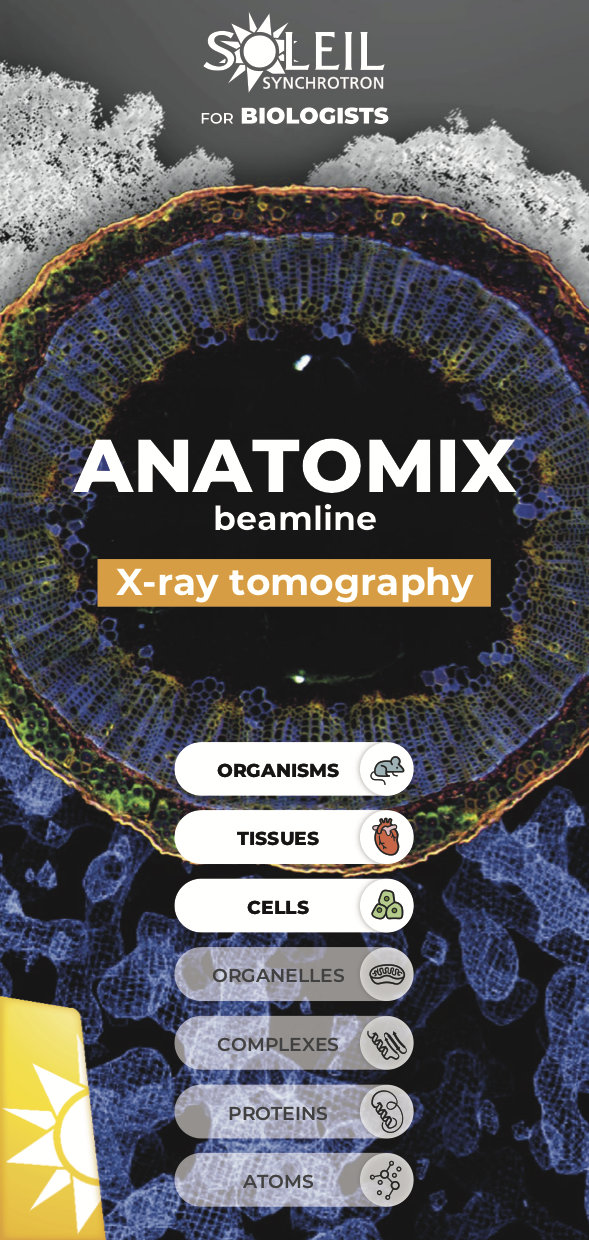
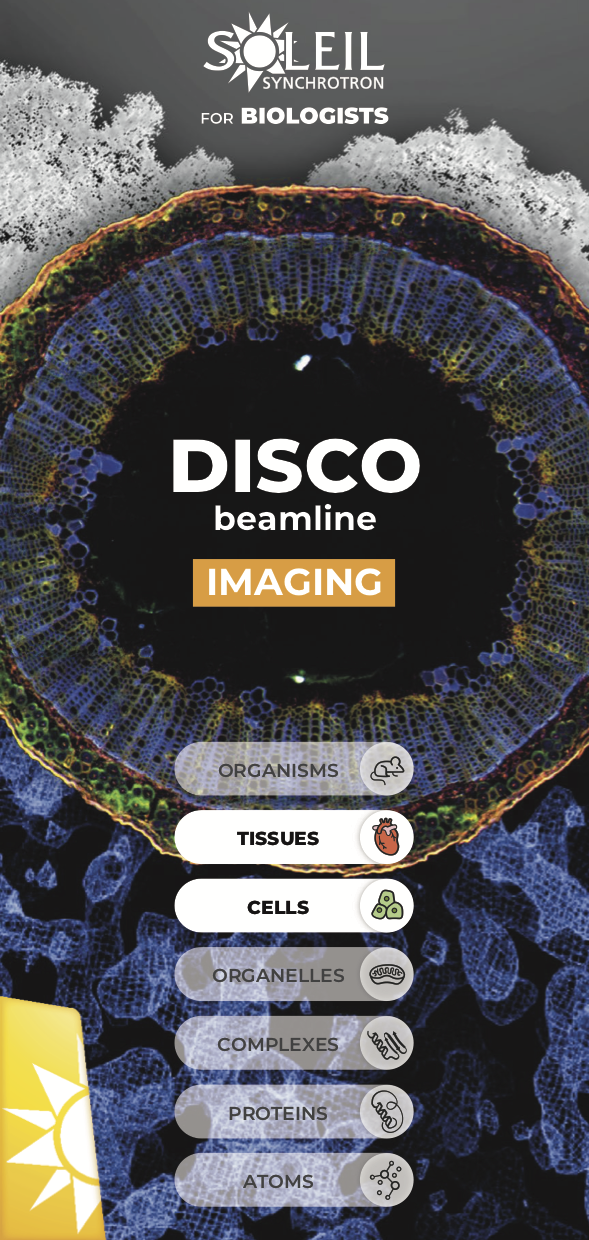
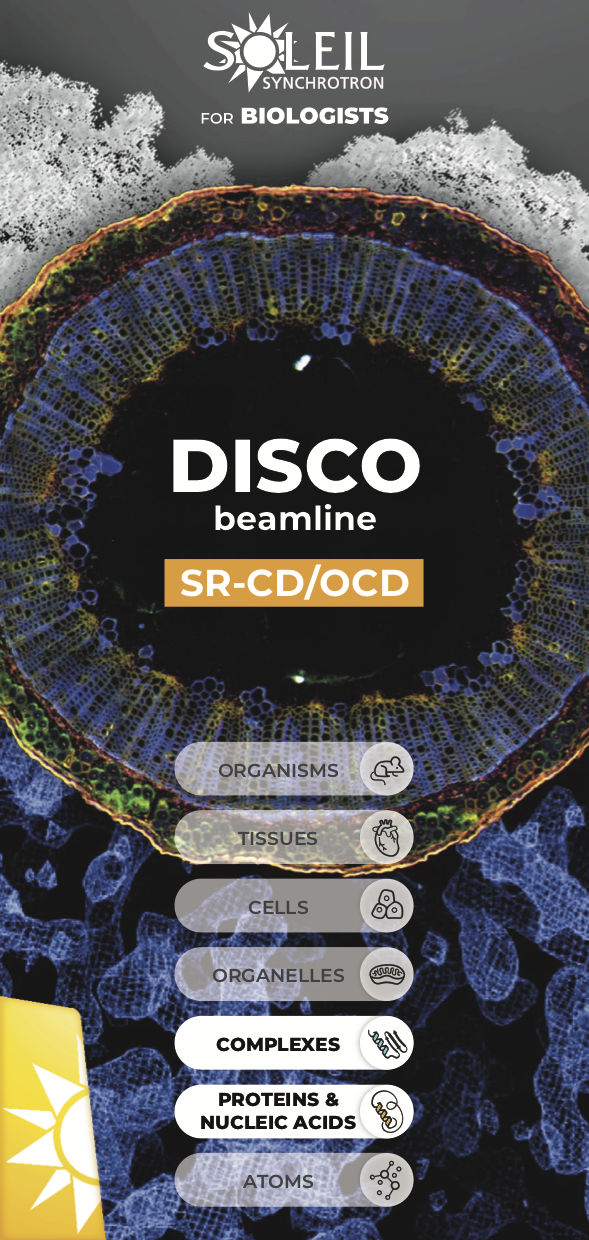
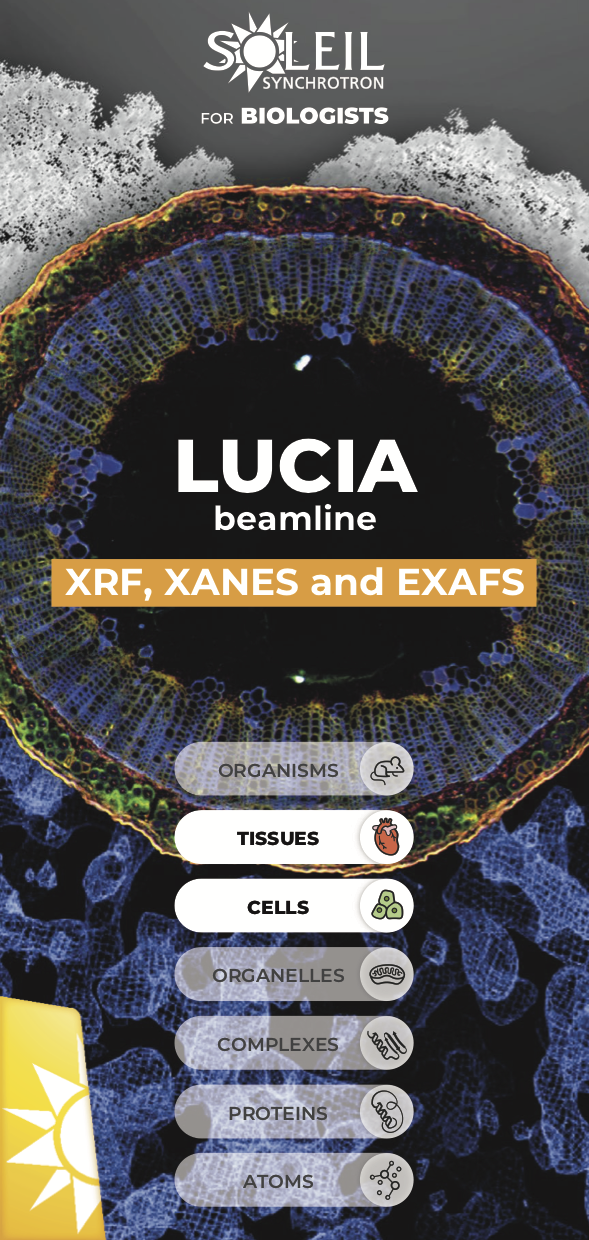
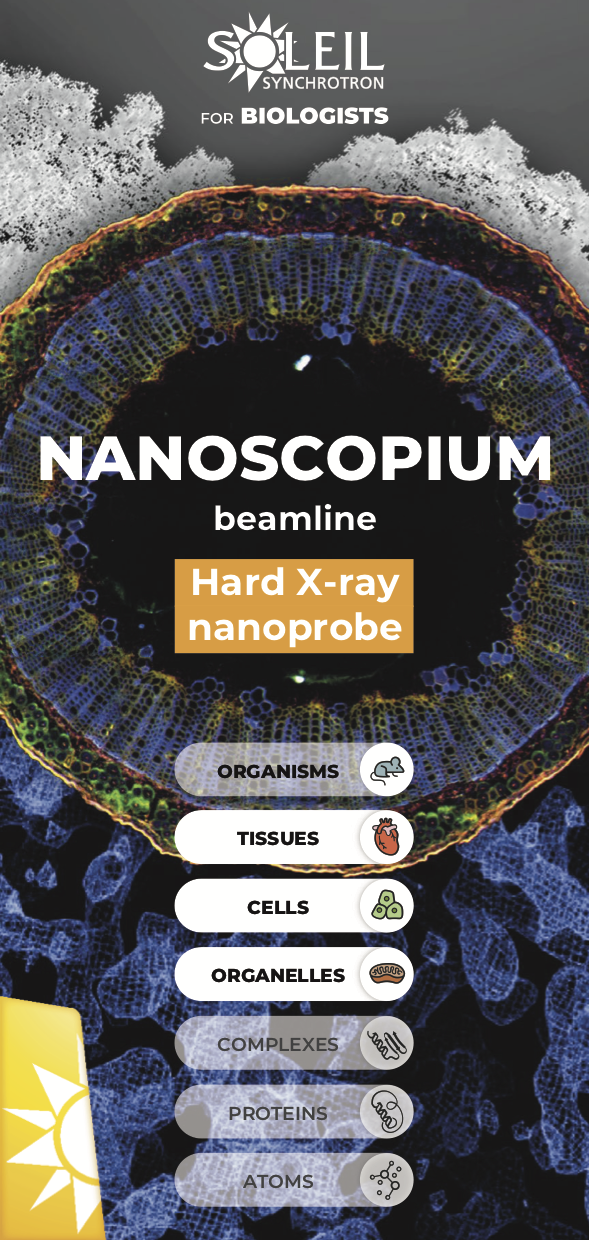
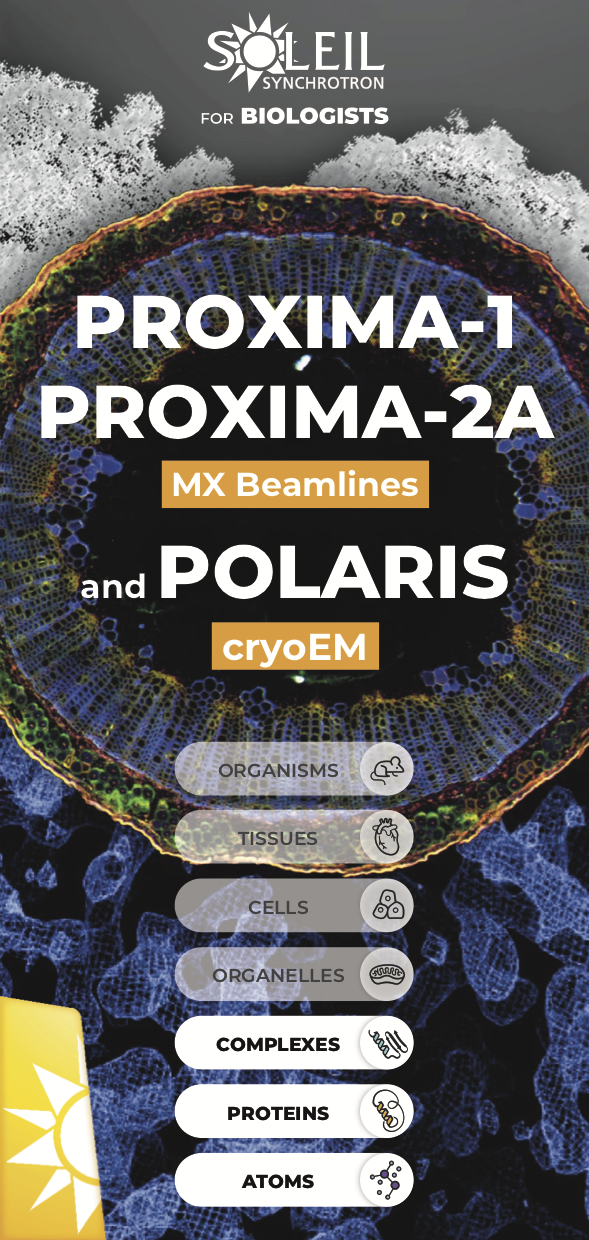
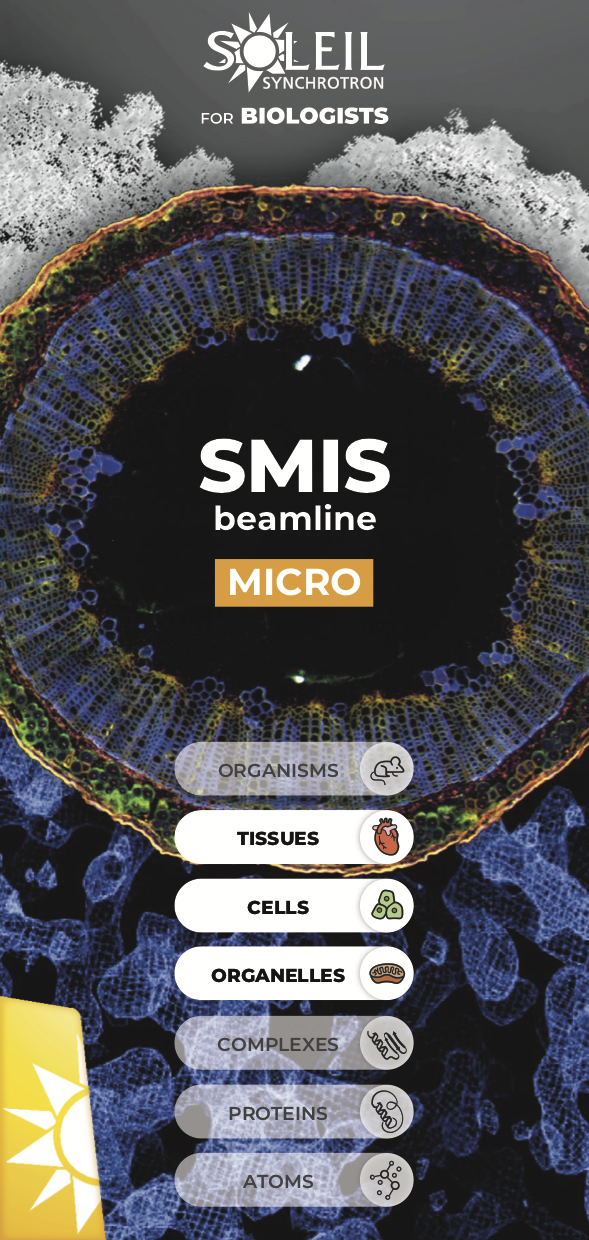
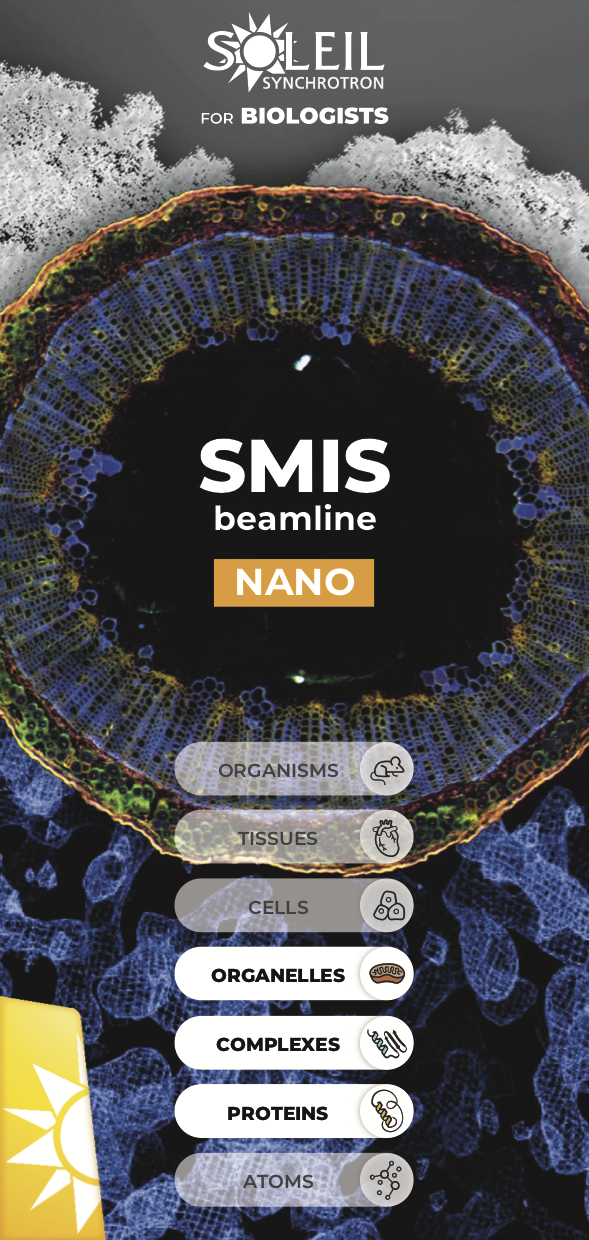
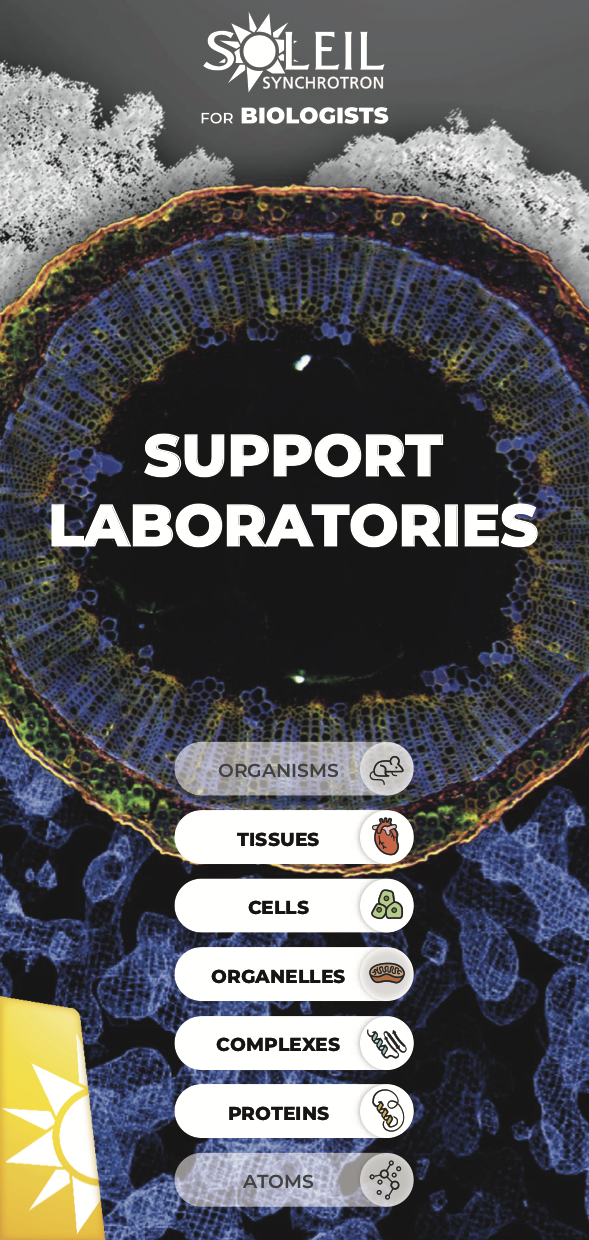
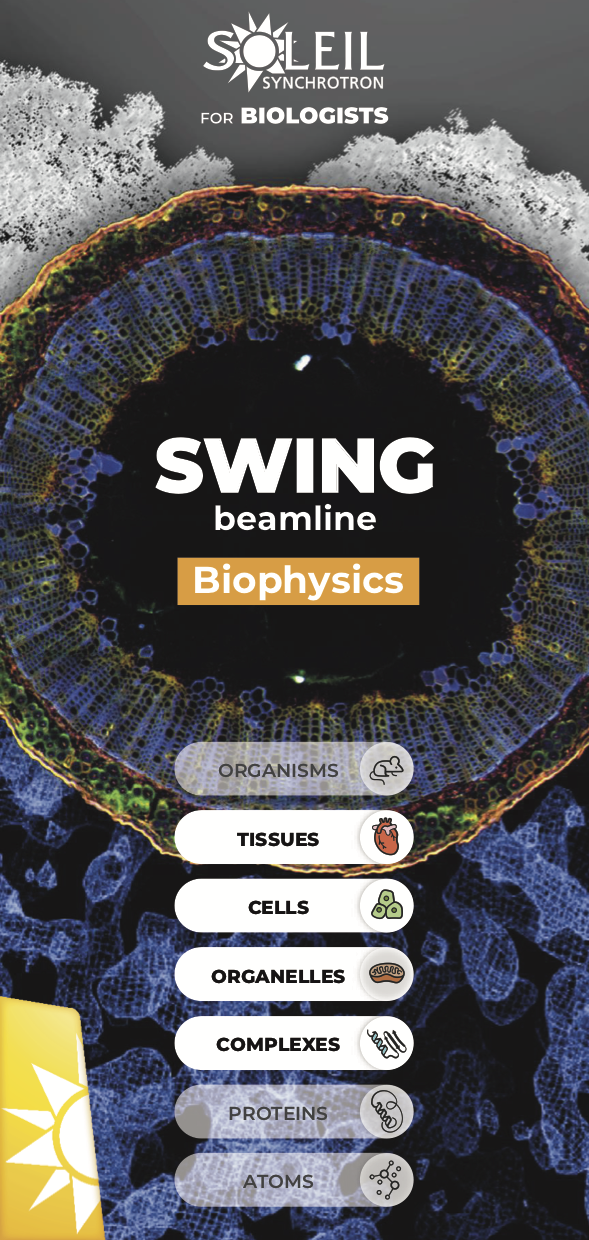
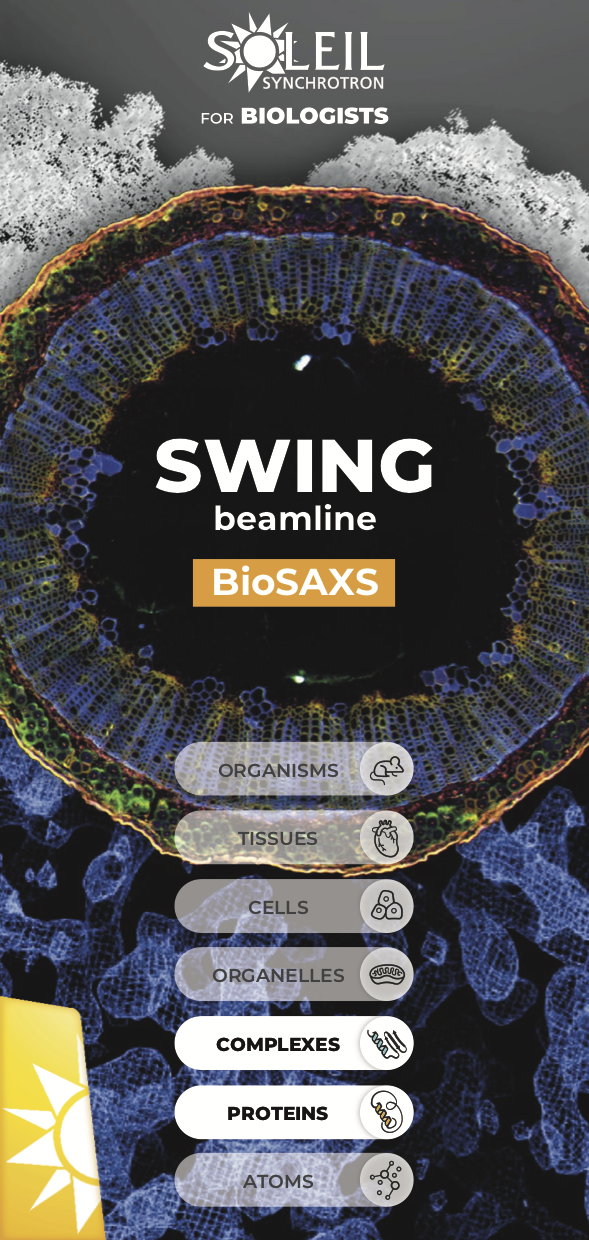



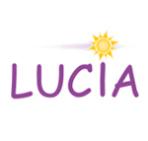


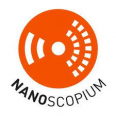

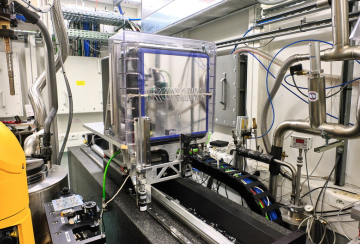
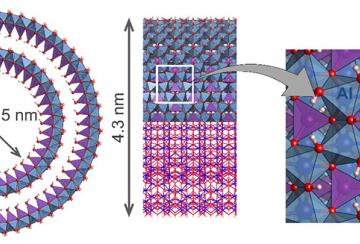
 Biology Laboratory
Biology Laboratory

